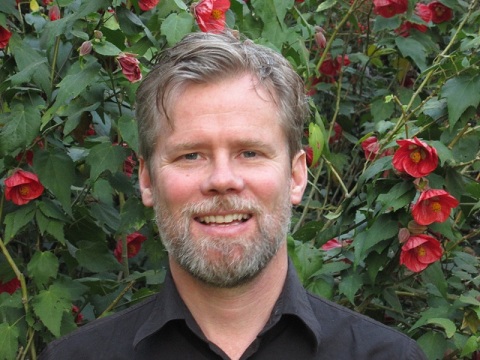One of the big commitments I made when I started #LocalYear was to stop shopping online and shop as local as possible.
I’ve largely met that commitment despite COVID-19 making it a mighty inconvenient time to stop shopping online. While I haven’t been able to completely avoid chain stores, which I explained in a prior post, I’ve made only two online purchases since I launched #LocalYear — a smart plug to save energy only available through a partner of our energy provider and a doctor recommended supplement I couldn’t get elsewhere.
I also bought three things through a COVID-19 hybrid of online and offline shopping: a toolbox for my neighborhood association, some computer accessories for work, and freeze-dried food for our family’s go bag. This is where I ordered online, but did curbside pick up at a local store. You know the drill.
Believe me, I spent hours exploring alternatives to buying these few things online. In the end, I decided to choose pragmatism over purity — a few exceptions wouldn’t invalidate my experiment. I’d still learn a lot by limiting 98% of my buying to offline sources.
So other than these exceptions, I did almost no online shopping since I kicked off my #LocalYear. That’s a huge change for me. I’ve been a nearly rabid online shopper for years. My online spending was probably in the low four-digit range annually when you factor in all the buying I did for myself, work, and our household. I was hooked.
The biggest result of limiting online shopping is that I buy a lot less stuff overall. I haven’t replaced online with offline shopping. I just go without. Frankly, I don’t miss online shopping much. I adjusted. It’s that simple. It probably helps that I’ve lived in both worlds — one with and without online shopping. I did perfectly fine without it in the old days.
This has saved me a ton of money. It’s also allowed me to give more money to friends and causes. I may have done that anyway because times are tough, but having more disposable income is likely part of the psychology.
I’ve also done far more repairs this year than ever before, particularly with clothes, shoes, and gardening. As you know, online shopping is more convenient and gives you access to more options. When it’s taken out of the equation, repairing what you have becomes a more attractive option than going store shopping, at least for me. I find it’s more convenient to fix something than go shopping for a replacement. This is especially true when you keep all you need for repairs on hand, which I’ve begun to do. It also helps if you like what you have already and can’t find the exact thing anymore, which is all too common these days.
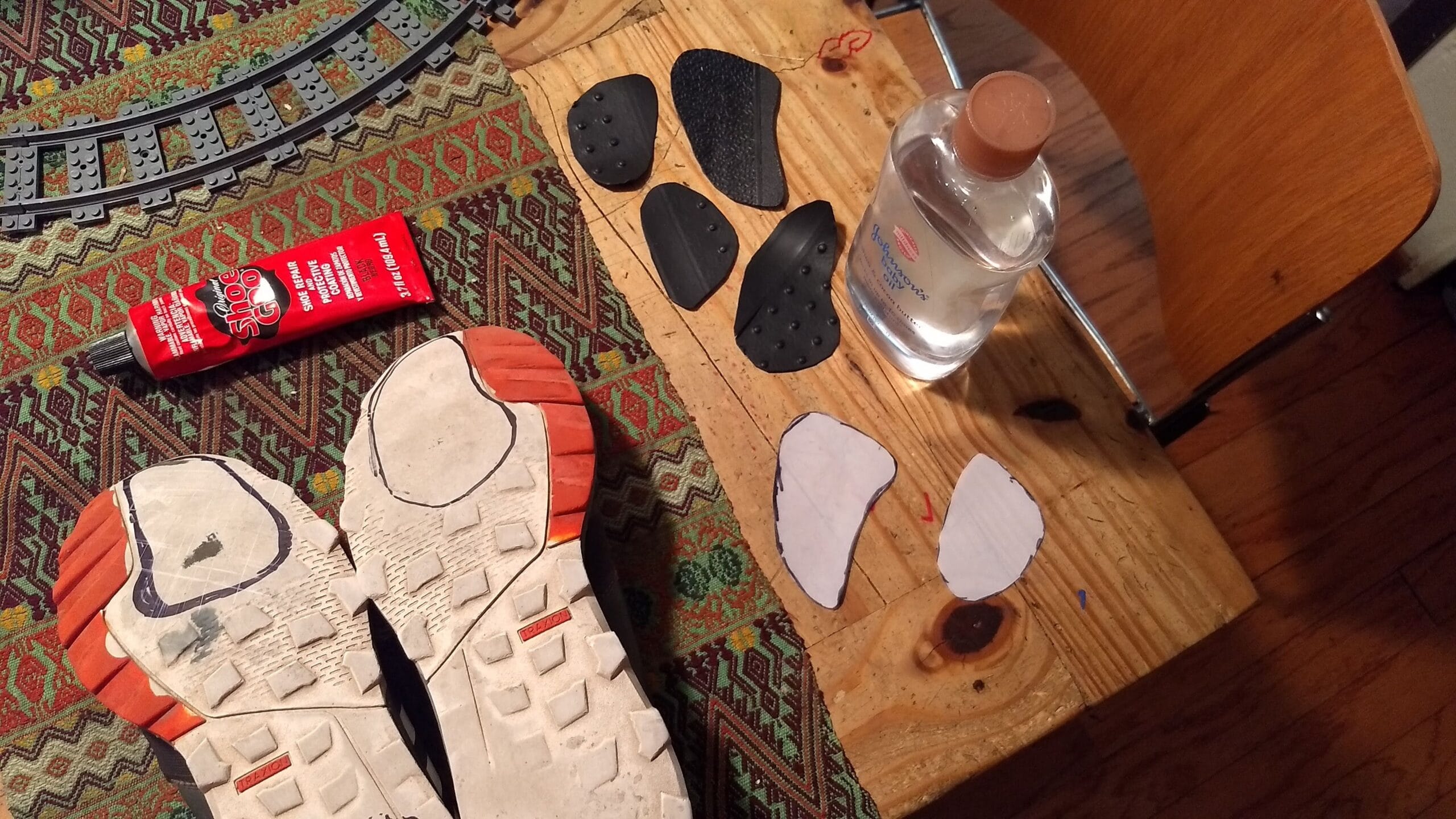
COVID-19 also undoubtedly played a role here. Offline shopping isn’t as attractive or available during a pandemic, naturally. So, I just didn’t go shopping as much. I also had more time at home and that led me to do more DIY projects around the house, neighborhood, and also with personal items.
I’ve really enjoyed this aspect of 2020. I’ve become a more skilled and confident handyperson. My DIY imagination has expanded. I’m considering more ambitious DIY projects going forward. And for the first time in years, this Powerpoint jockey actually has callouses on his hands. And while it would be hard to prove, I feel like my nearly daily habit of repair has changed my physique. My hands, arms, and upper body feel stronger. I’m nowhere near six pack land, but there’s a noticeable change. It feels good.
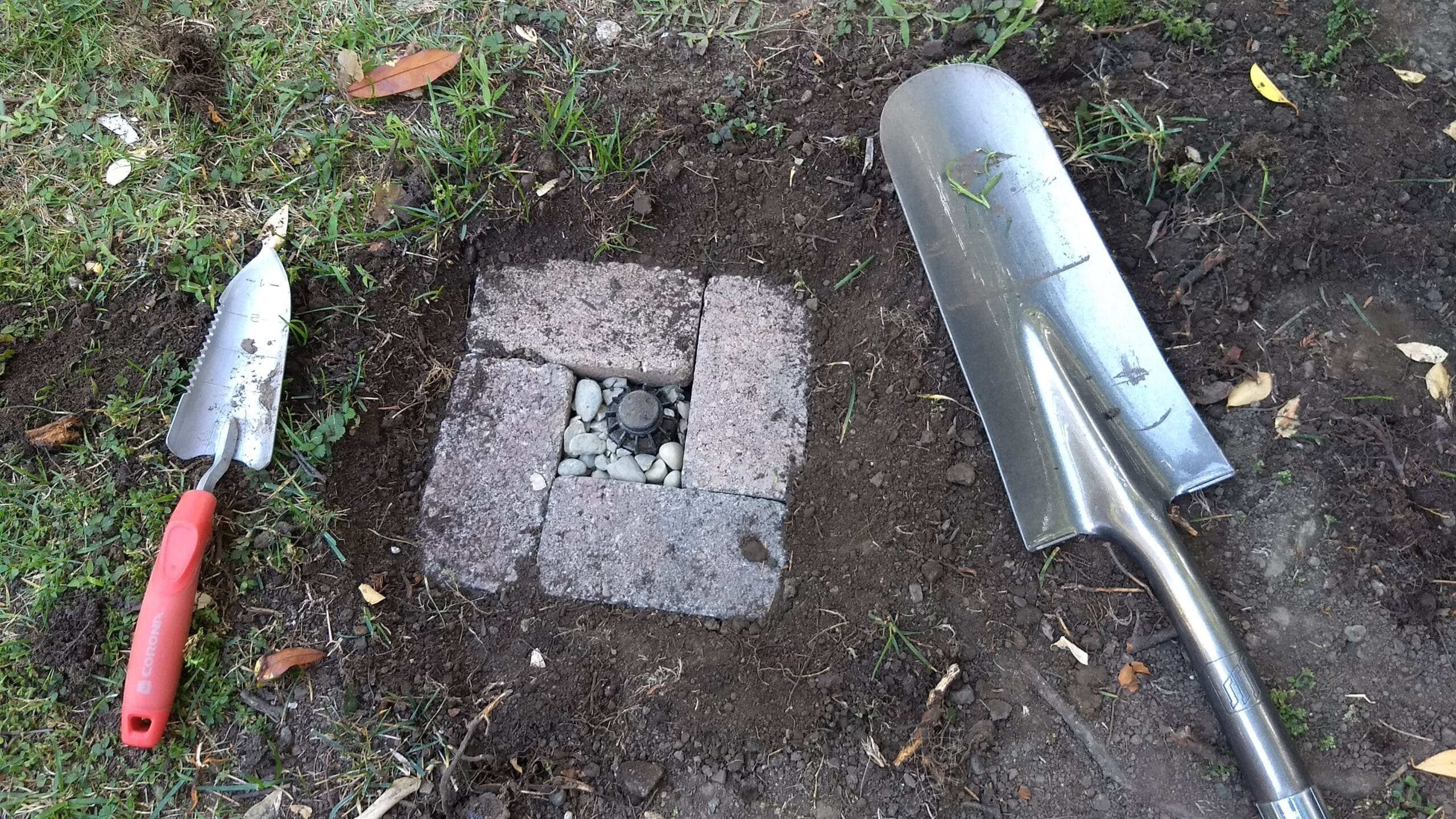
While I’ve reduced my overall spending, I spent a lot more on tools and parts. For instance, I’ve spent around $1,000 on tools and parts to fix our neighborhood association’s irrigation system. I also spent a bunch on emergency preparedness gear. This was the result of participating in Cool Block, which focuses participants on actions toward a safer, greener, and more social neighborhood.
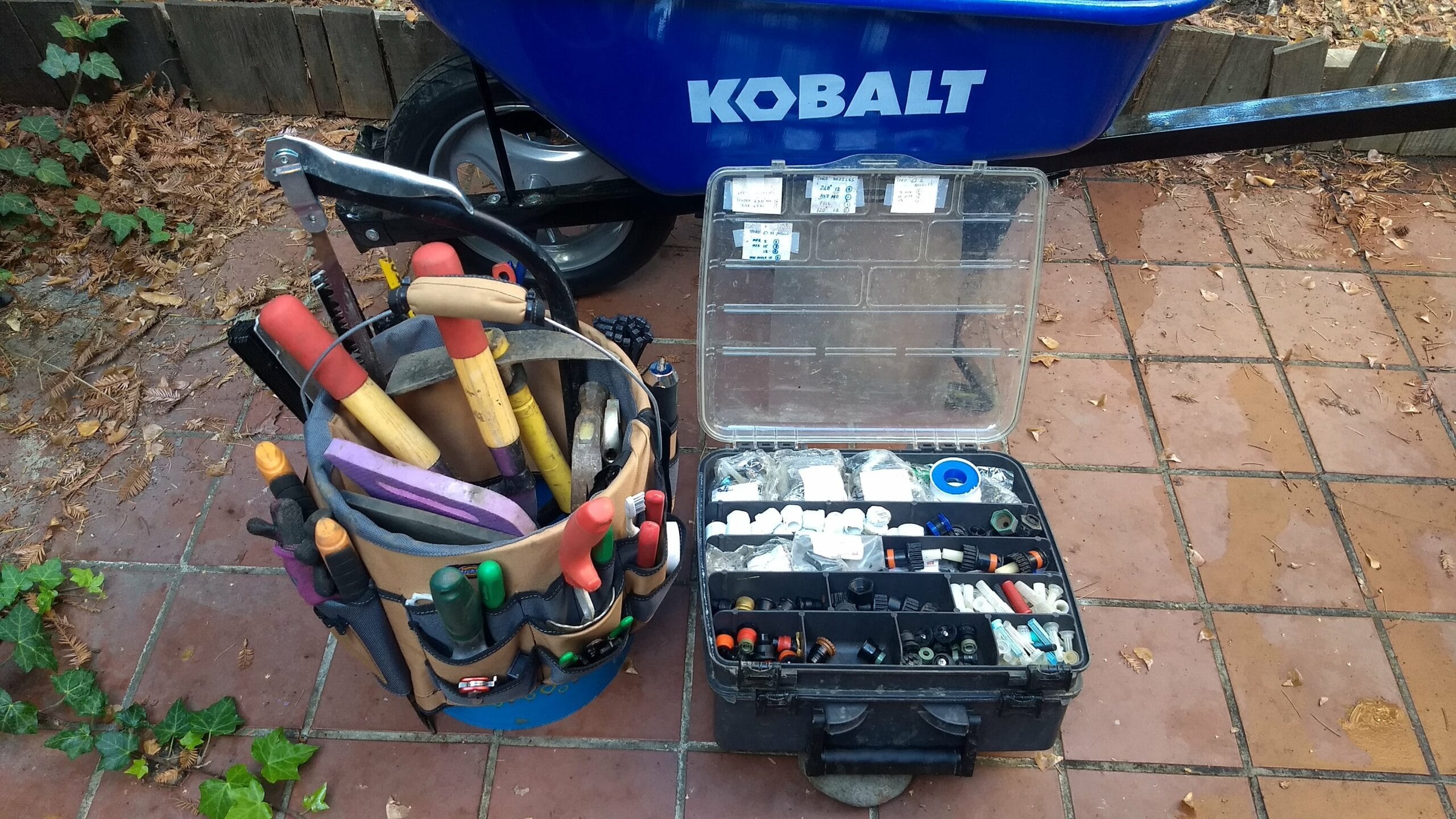
One downside of this experiment from a DIY perspective is reduced access to specialty items. As a maker and repairer, I very much appreciate the unbeatable selection of parts, tools, and material you can find online. That’s one aspect I genuinely miss. Researching parts stokes my creativity and helps me come up with good solutions.
I realize now that most of my 2020 personal spending was in local grocers, hardware stores, and restaurants. That in itself is a kind of grounding experience. As you’d expect with this kind of experiment, I’ve gotten much more familiar with my local retail landscape.
Over time, I’ve changed my use of local stores too. I worry less about whether or not I get everything I need on a trip. I can always come back and the additional trip is positive since I mostly walk or bike to stores. More trips nets me a slightly more active lifestyle and more social interaction. I’m a less efficient shopper, and all for the better.
The above is especially true for food shopping. We’re lucky to have four grocers nearby including the bodega on the corner that offers a perhaps found-only-in-Mountain View mix of Latin and Russian items. You can get nopales and caviar in one stop. We’ve got Ava’s downtown, which is my go-to grocery fix. They’re like a micro-Whole Foods, but owned by a local family. There’s Rose’s International Market at the intersection of Castro and El Camino, a Persian market with a popular prepared food counter. Their gheimeh is to die for. Finally, there’s Nijiya, a Japanese market where I take my son Jake for after school snacks.
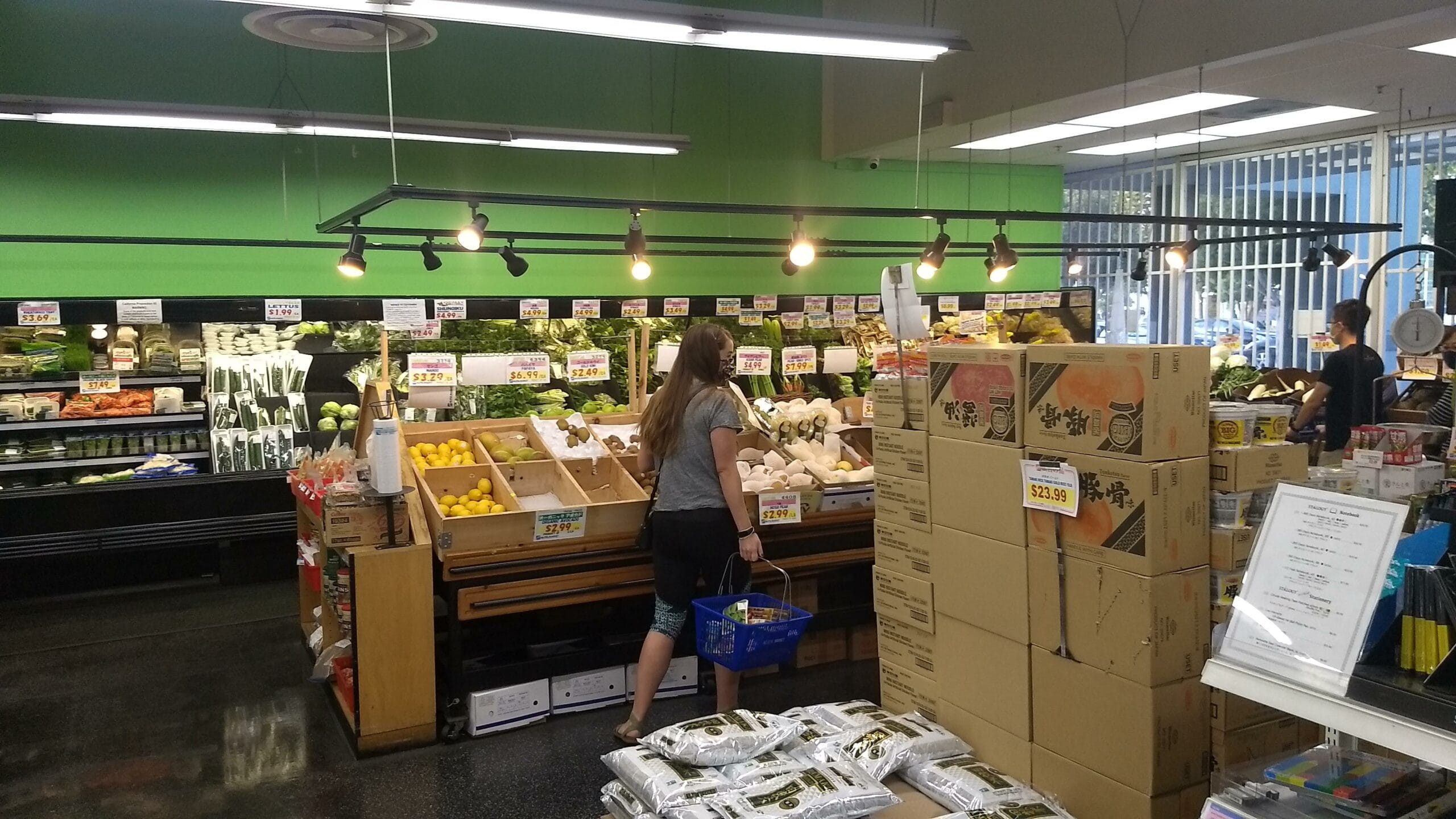
All of this has me appreciating my local downtown even more than I already did. In fact, we chose our house over 10 years ago because it’s close to downtown. But now I see downtown as precious, worth supporting more consciously, and now even more fragile due to COVID-19.
I’d be devastated if our downtown went downhill.
I think many others would be too, but they probably take it for granted like I did. This is a big mistake. Unless we realize what’s precious about our towns and connect our behaviors to what hurts and helps them — like online and chain shopping — we risk losing them. They’re more fragile than we think and very hard to revive once gone.
My conclusion from my experience is that the convenience of online shopping isn’t worth losing the vibrancy of our downtown, not nearly. I love our downtown. I’m part of it and it’s part of me. I’d die a little bit if it died. I plan to resume online shopping in 2021, but with far less intensity. I like myself, my life, and the world more with less online shopping.


